GREAT PEN WIELDERS
--- IX ---
The Immortal of Children Storytelling: Roald Dahl

Roald Dahl
“A person who has good thoughts cannot ever be ugly. You can have a wonky nose and a crooked mouth and a double chin and stick-out teeth, but if you have good thoughts they will shine out of your face like sunbeams and you will always look lovely.” –Roald Dahl
The World of Roald Dahl in 10 questions.
1.Who is Roald Dahl and how did his work impact/influence the world we are living in now?
Roald Dahl was a British writer, a popular author of ingenious children’s books and arguably the most iconic writer in this categoryFollowing his graduation from Repton, a renowned British public school, in 1932, Dahl avoided a university education and joined an expedition to Newfoundland.
Dahl then turned primarily to writing children's books that would give him lasting fame. Unlike most other books aimed at a young audience, Dahl’s works had a darkly comic nature, frequently including gruesome violence and death. James and the Giant Peach, Charlie and the Chocolate Factory, Fantastic Mr. Fox , The BFG, and The Witches were all made into films. One of his last books, Matilda, was adapted as a film and as a stage musical.
2. What are his famous works that you should know about?

Dahl first established himself as a children’s writer in 1961, when he published the book James and the Giant Peach, a book about a lonely little boy living with his two mean aunts who meets the Old Green Grasshopper and his insect friends on a giant, magical peach. The book met with wide critical and commercial acclaim.

Dahl published a big winner, Charlie and the Chocolate Factory. A quirky, solitary businessman, Willy Wonka, has been holed up alone inside his fantastical chocolate factory until he releases five golden tickets inside the wrappers of candy bars. Winners, including the poor little boy Charlie Bucket, who doesn’t have much to eat, are awarded a visit. Some critics have accused Dahl of portraying a racist stereotype with his Oompa-Loompa characters in Charlie and the Chocolate Factory.
3. What was his inspiration?
The inspiration for Willy Wonka's Charlie and the Chocolate Factory came from an unlikely source: school.

A draft speech in which Roald Dahl talks about his inspiration for Charlie and the Chocolate Factory.
Roald Dahl went to a famous English public school called Repton, where he boarded along with lots of other young boys. He has mentioned that it was whilst at Repton that the idea for Charlie and the Chocolate Factory was sown. This is because he and his classmates were the very willing guinea pigs of the famous chocolate-making company, Cadburys.
Each year, Roald and his friends would be sent a number of Cadbury's latest chocolate inventions to test out. They would arrive in plain packaging, but they were always full of delicious chocolate treats and the boys were invited to share their thoughts on each and every one.
This experience made Roald think about the great chocolate-making companies and the incredible factories they must use to invent their confectionary creations.
4. Who was inspired by his works?
Tim Minchin, the writer and lyricist of Matilda the Musical was a life-long fan of Roald Dahl. He was approached by Matther Warchus, the director of the musical, about writing the music and lyrics for a stage musical adaptation of Roald Dahl’s famous book, produced by The Royal Shakespeare Company.
A few days before the end of the run, Matilda was awarded the Critics’ Circle Award for Best Musical. These awards recognise excellence for theatre throughout the UK and are selected by a group of professional theatre critics.

Matilda the Musical
5. How did he start writing?
Dahl first caught the writing bug while in Washington, D.C., when he met with author C.S. Forrester, who encouraged him to start writing. Dahl published his first short story in the Saturday Evening Post.
Roald Dahl began his writing career with short stories; in all, he published nine short story collections. He went on to write stories and articles for other magazines, including The New Yorker. Of his early writing career, Dahl told New York Times book reviewer Willa Petschek, "As I went on the stories became less and less realistic and more fantastic."

Dahl wrote his first story for children, The Gremlins, in 1942, for Walt Disney. The story wasn't terribly successful, so Dahl went back to writing macabre and mysterious stories geared toward adult readers. He continued in this vein into the 1950s, producing the best-selling story collection Someone Like You in 1953, and Kiss, Kiss in 1959.
6. Besides being known for a writer, what else was he interested in or famous for?
Roald Dahl fought in World War II (WWII) and was a spy. During WWII, he flew a Hawker Hurricane plane and was injured in a crash landing in Libya. He was doing a stint as assistant air attaché in Washington, D.C., during which he became a spy for MI6 when he was recruited by the Canadian spymaster William Stephenson.

Roald Dahl in World War II
Dahl used to send them facts and secret information, and worked alongside Ian Fleming. Ian Fleming worked for Britain's Naval Intelligence Division during WWII, planning and overseeing two intelligence units. His wartime service and career as a journalist provided the depth and detail of his legendary series of spy novels: James Bond.
7. What were some of the interesting quirks surrounding Roald Dahl?

Roald Dahl’s Garden Shed
He wrote most of his books in his garden shed. Roald Dahl spent around four hours every day writing stories from his garden shed! He is said to have had a cosy old armchair and a specially designed writing board which would sit on his lap. He would also only write his stories using a pencil and yellow paper.
Another fun fact about the writer is that when he died in 1990, he was buried with some of his favourite things. These include a power drill, chocolate, snooker cues and of course, his HB pencils.
8. What are some of the awards he received?
Roald Dahl has won approximately 26 awards internationally across the United Kingdom, United States, Australia and other countries. These include the Edgar Allen Poe awards, multiple Surrey School awards, a Nene Award, a New York Times Outstanding Book award and several others.
In his honor, the Roald Dahl Funny Prize was designed to honor the work of humorous writers and illustrators, and it was awarded between 2008 and 2013.
9. How did critics react to his work?
Many readers and critics describe Dahl and his interest “sometimes dark and off-colour”.
His frequent use of blasphemy and profanity is unsettling. He is enchanted with the grotesque and unpleasant, making his books suitable only for mature readers. However, the majority of his stories are without doubt, miraculous. Dahl’s short stories have the ability to keep you on the edge because they are always unpredictable.
He is detailed and engaging, just when you are at the point of celebrating in its apparent success, Dahl crushes our expectations and ends the story with dismay. Readers would be left with mixed feelings of disappointment and satisfaction.
10. What other works did the author have that few people knew about?

This is the first part of a collection of autobiographical accounts Roald Dahl wrote throughout his life. He brings readers into his personal family life, in both tragic and comical times, then he takes them through his life in primary and then boarding school.
Any fan of Dahl’s stories must be curious to some degree about the story behind the man himself. The book shares varying details about the man, such as his obsession with sweets and candy shops, an obsession that would lead him to write Charlie and the Chocolate Factory.

There are seven stories in this adult collection, each bringing something new to the table. The eclectic mix of non-fiction, autobiography, and fiction promises an entertaining read.
The most famous (though still underrated) tale is perhaps ‘The Wonderful Story of Henry Sugar,’ which is about a man who learns the art of seeing without using his eyes — he can see with his eyes shut, see through solids, and even see the future. The story reveals the struggle of understanding how much responsibility comes with this skill and the question of how to use it best.
Did you uncover a side of Roald Dahl you didn’t quite expect of our favourite author of quintessential children’s books? Did we leave out anything interesting you know about him? Let us know in the comments below.
---
GREAT PEN WIELDERS is a monthly series that sets out to celebrate amazing writers, authors, novelists and illustrators whose beliefs, passions and talents inspired and changed the world we live in today. We believe that their stories and life experiences will foster Gnome & Bow’s vision to inspire storytelling without boundaries.


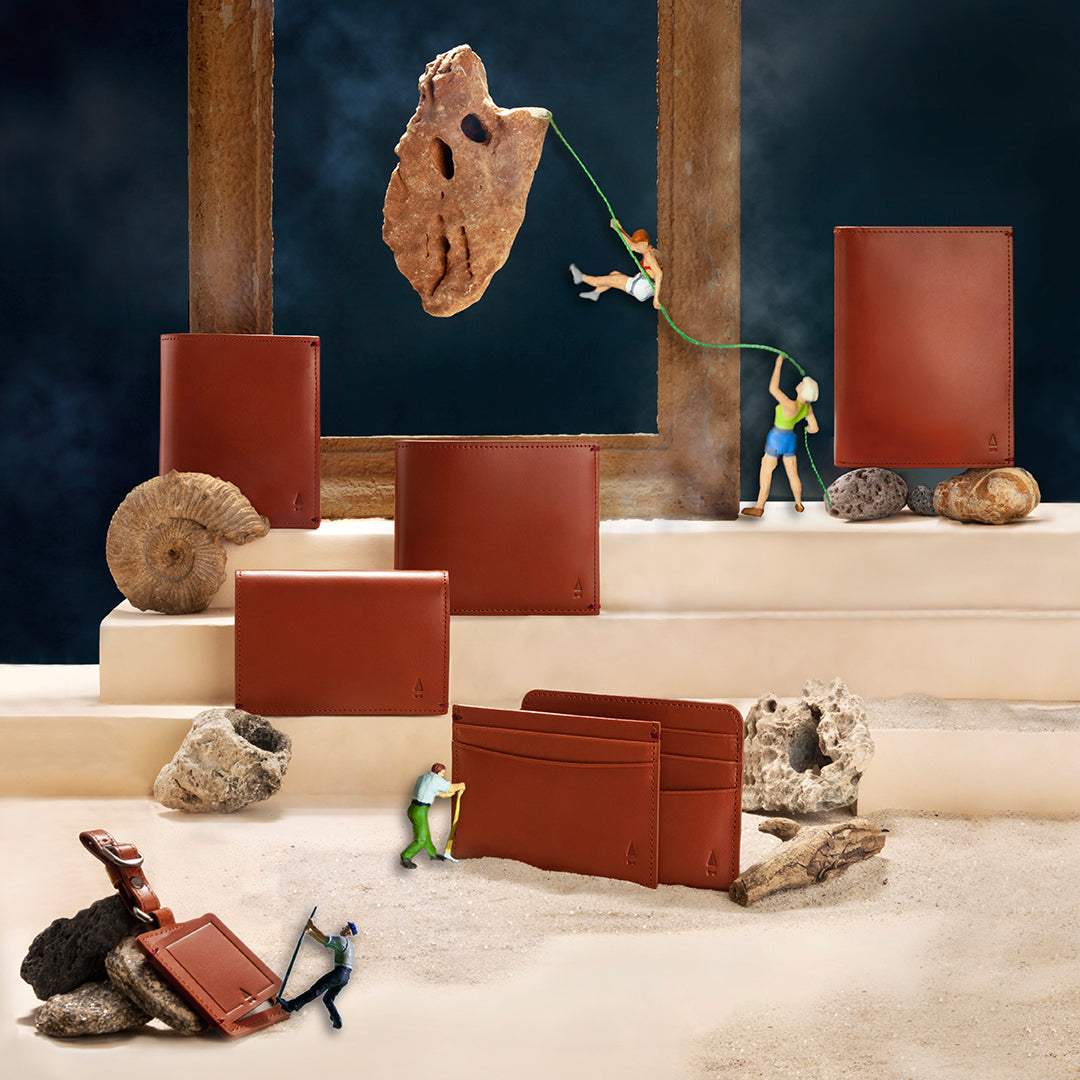

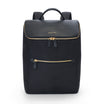

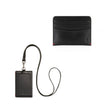

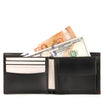
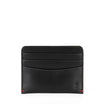
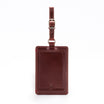


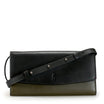


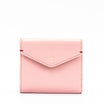
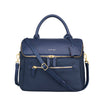
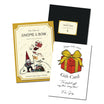
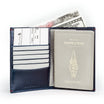

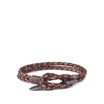

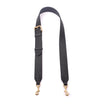
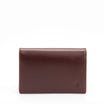


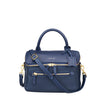


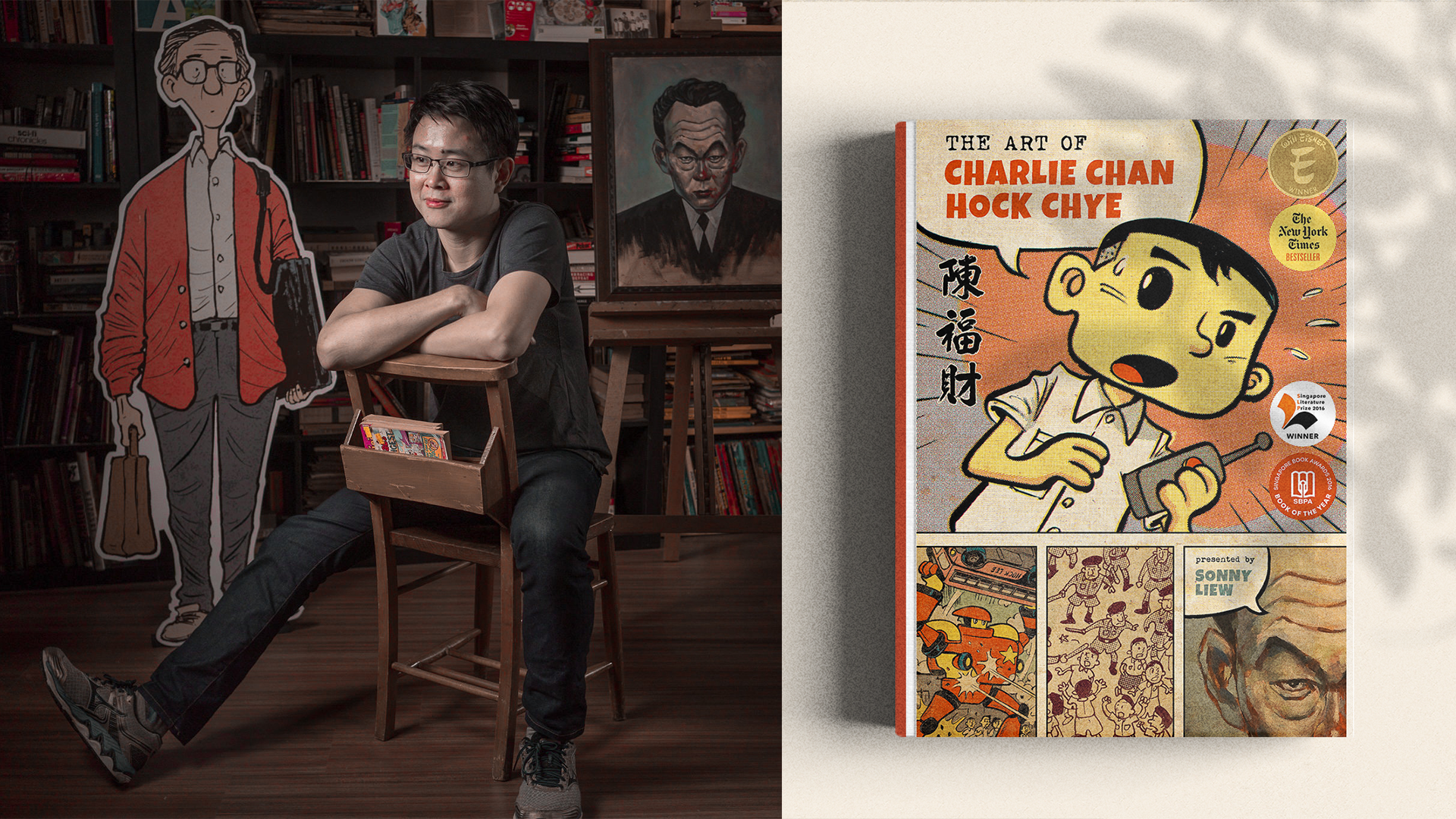
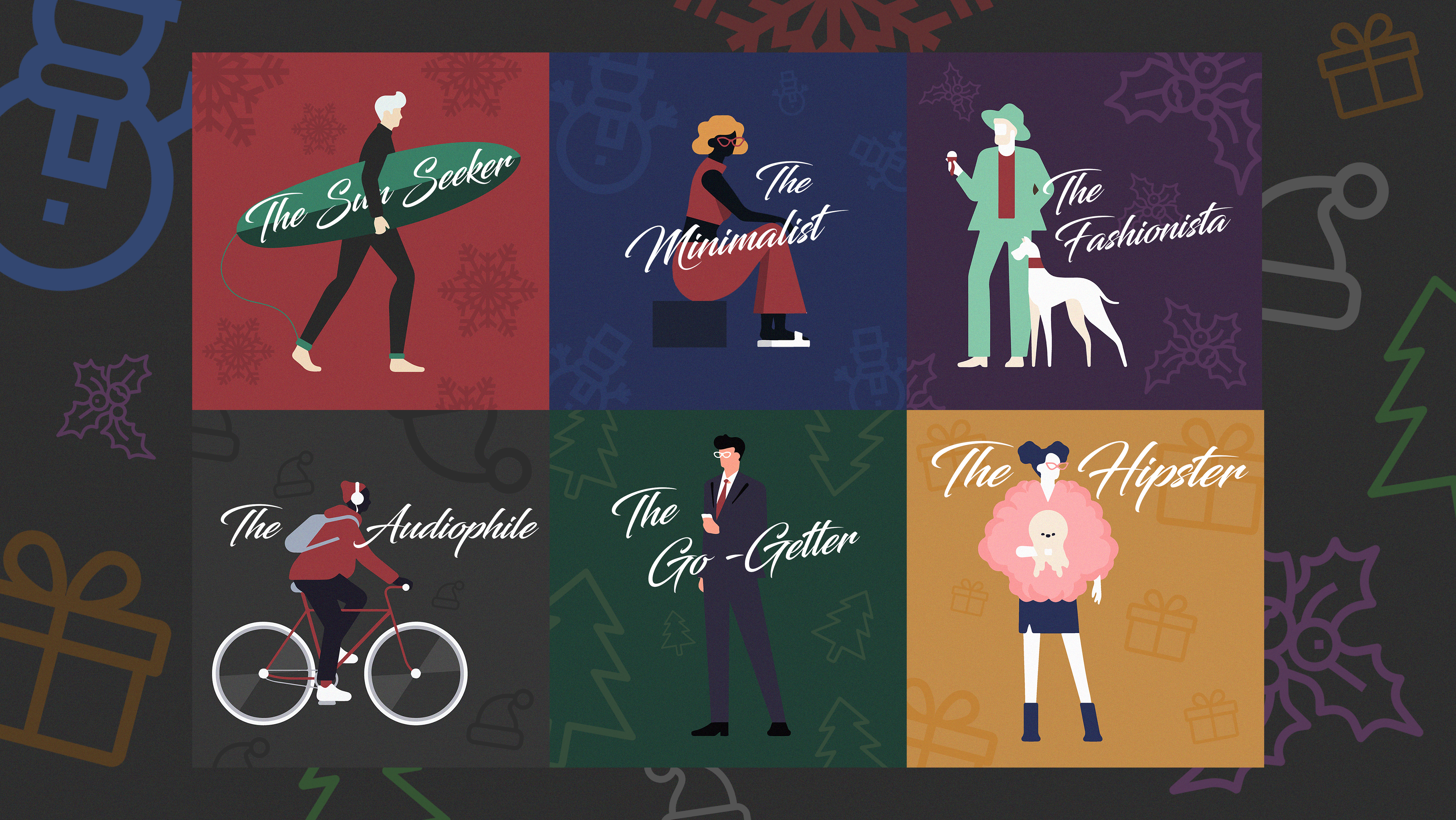
Leave a comment
This site is protected by hCaptcha and the hCaptcha Privacy Policy and Terms of Service apply.